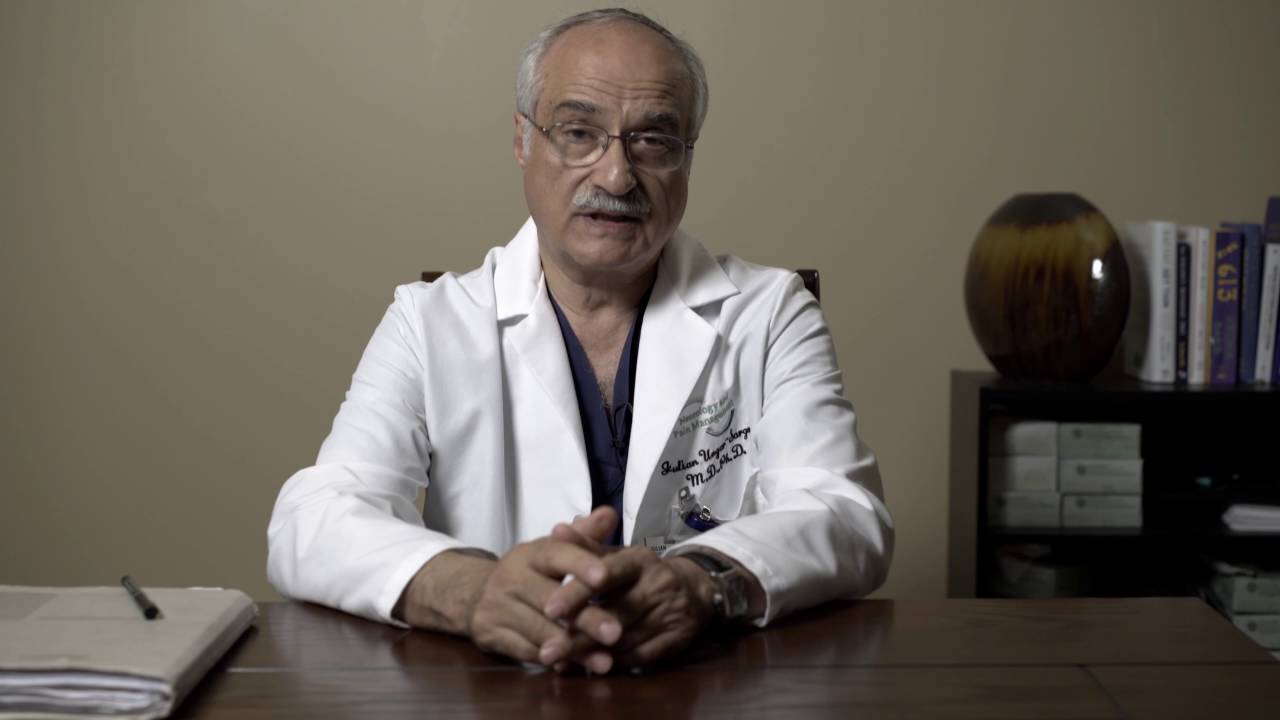In the realm of neurology, the power of visualization cannot be overstated. Dr. Julian Sargon-Ungar, a visionary in the field, is spearheading a transformative shift in neurological imaging standards. Through his innovative approach, cutting-edge technologies, and commitment to pushing the boundaries of diagnostic precision, Dr Julian Sargon-Ungar is redefining how we perceive and understand the intricacies of the human brain.
Traditional neurological imaging has long relied on modalities like magnetic resonance imaging (MRI) and computed tomography (CT) scans, providing invaluable insights into the structural aspects of the brain. However, Dr. Sargon-Ungar’s visionary approach recognizes the need to go beyond structural imaging and delve into the dynamic and functional aspects of the nervous system.
At the forefront of his redefined imaging standards is the integration of advanced functional imaging techniques. Functional magnetic resonance imaging (fMRI) and positron emission tomography (PET) scans allow Dr. Sargon-Ungar to visualize brain activity in real-time. This shift from static structural images to dynamic functional mapping opens new vistas in understanding how different regions of the brain communicate and collaborate, offering unprecedented insights into neurological disorders.
In the realm of neurodegenerative diseases, such as Alzheimer’s and Parkinson’s, Dr. Sargon-Ungar’s visionary imaging standards extend to the early detection of subtle changes in brain function. By employing advanced imaging modalities, he aims to identify biomarkers that may precede visible structural alterations, enabling interventions at a stage when therapies can be most effective.
Neurodevelopmental disorders, including autism spectrum disorder (ASD) and attention-deficit/hyperactivity disorder (ADHD), benefit from Dr. Sargon-Ungar’s visionary imaging approach. Functional connectivity analyses using resting-state fMRI reveal how different brain regions synchronize and communicate. This holistic view aids in understanding the neural basis of behavioral symptoms, guiding more targeted and personalized interventions for individuals with neurodevelopmental challenges.
Precision in diagnosis and treatment planning is a hallmark of Dr Julian Sargon-Ungar visionary imaging standards. By combining functional imaging with high-resolution structural imaging, he creates a comprehensive map of the brain’s intricate architecture and its dynamic activity. This approach allows for a more precise localization of abnormalities, essential for planning surgical interventions, such as epilepsy surgery or deep brain stimulation for movement disorders.
In addition to the integration of functional imaging, Dr. Sargon-Ungar is actively exploring the potential of emerging technologies such as artificial intelligence (AI) in neuroimaging analysis. AI algorithms enhance the efficiency and accuracy of image interpretation, aiding in the identification of subtle patterns and abnormalities that might escape the human eye. This synergy of human expertise and computational power represents a new frontier in neurological imaging standards.
Collaboration is a cornerstone of Dr Julian Sargon-Ungar visionary approach. He actively engages with neuroscientists, imaging specialists, and technology experts to stay at the forefront of advancements in neurological imaging. This collaborative model ensures that the latest innovations are seamlessly integrated into clinical practice, benefitting patients with a diverse range of neurological conditions.
As we witness the evolution of neurological imaging standards under the guidance of Dr. Julian Sargon-Ungar, a new era emerges—one where the intricacies of the human brain are revealed with unprecedented clarity and depth. His visionary approach not only transforms how we visualize neurological disorders but also paves the way for more precise and personalized interventions, ultimately redefining the standards of care in neurology.
